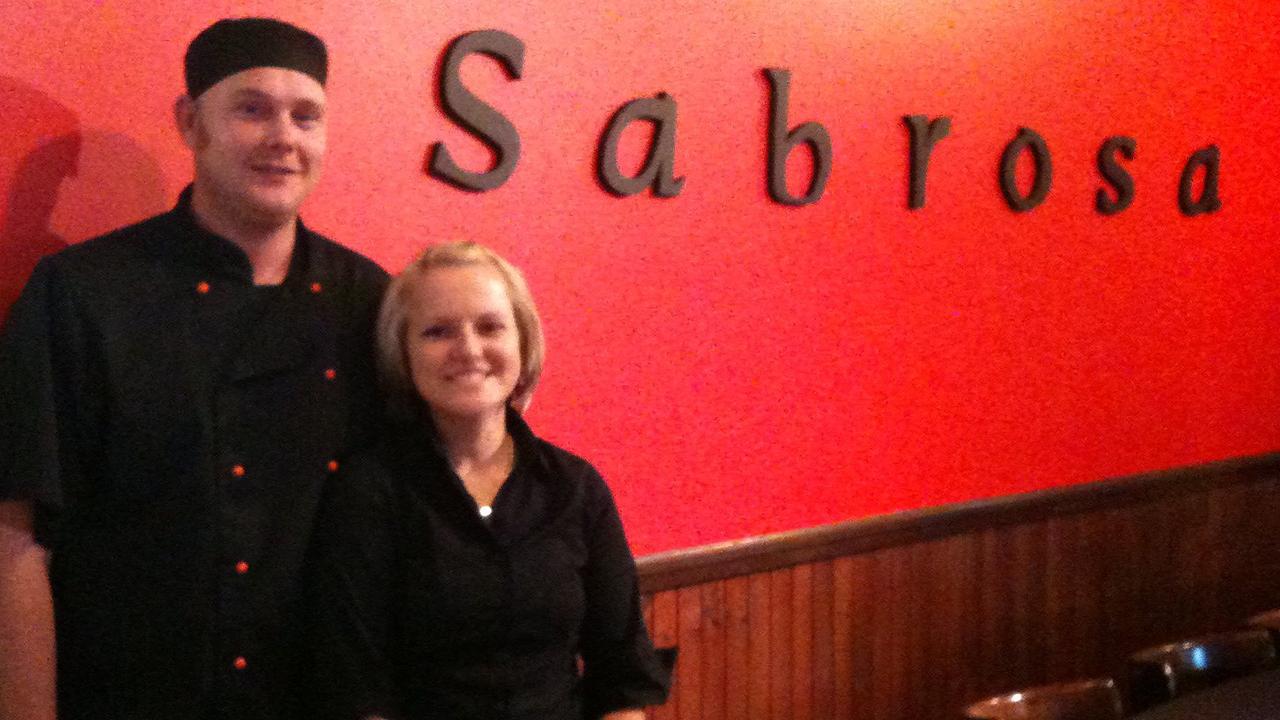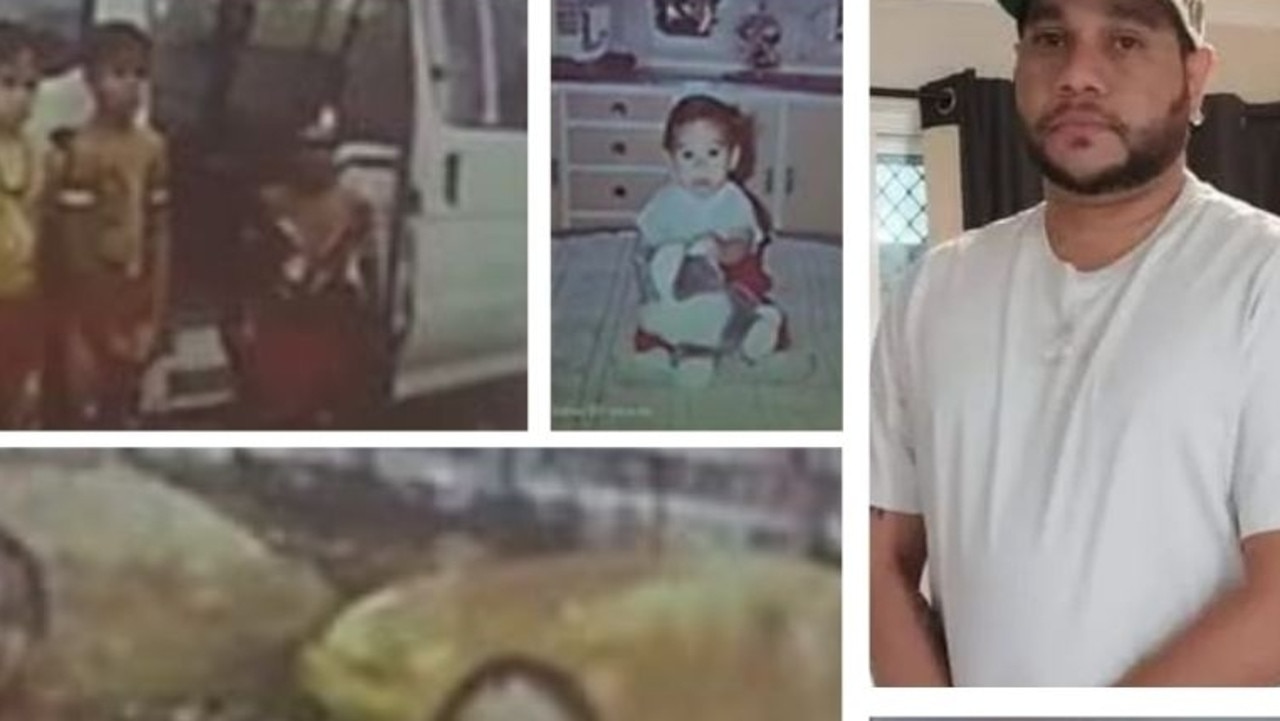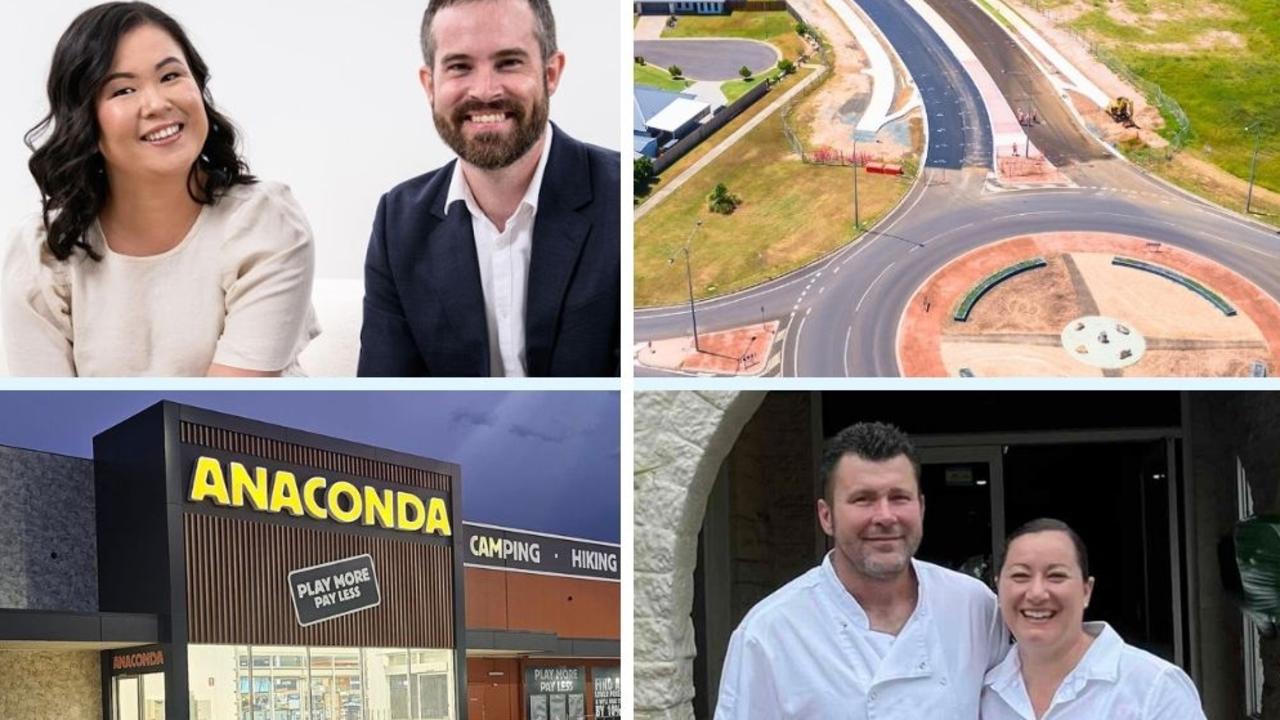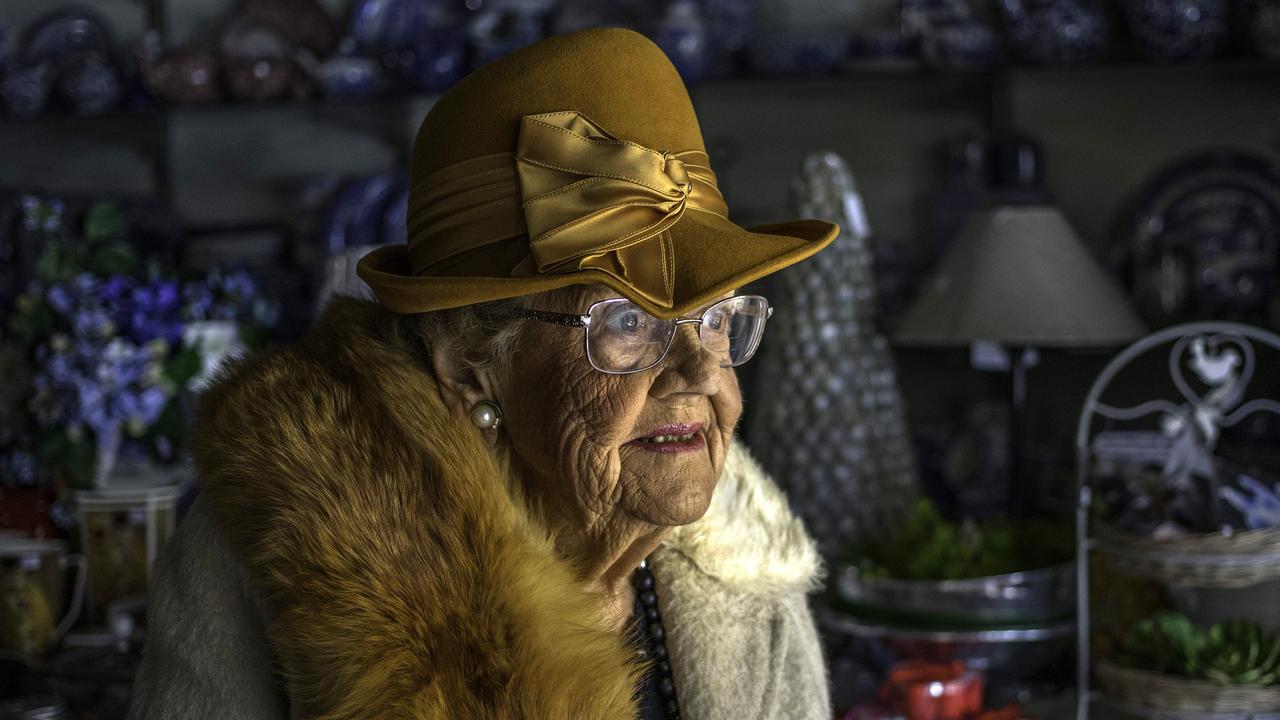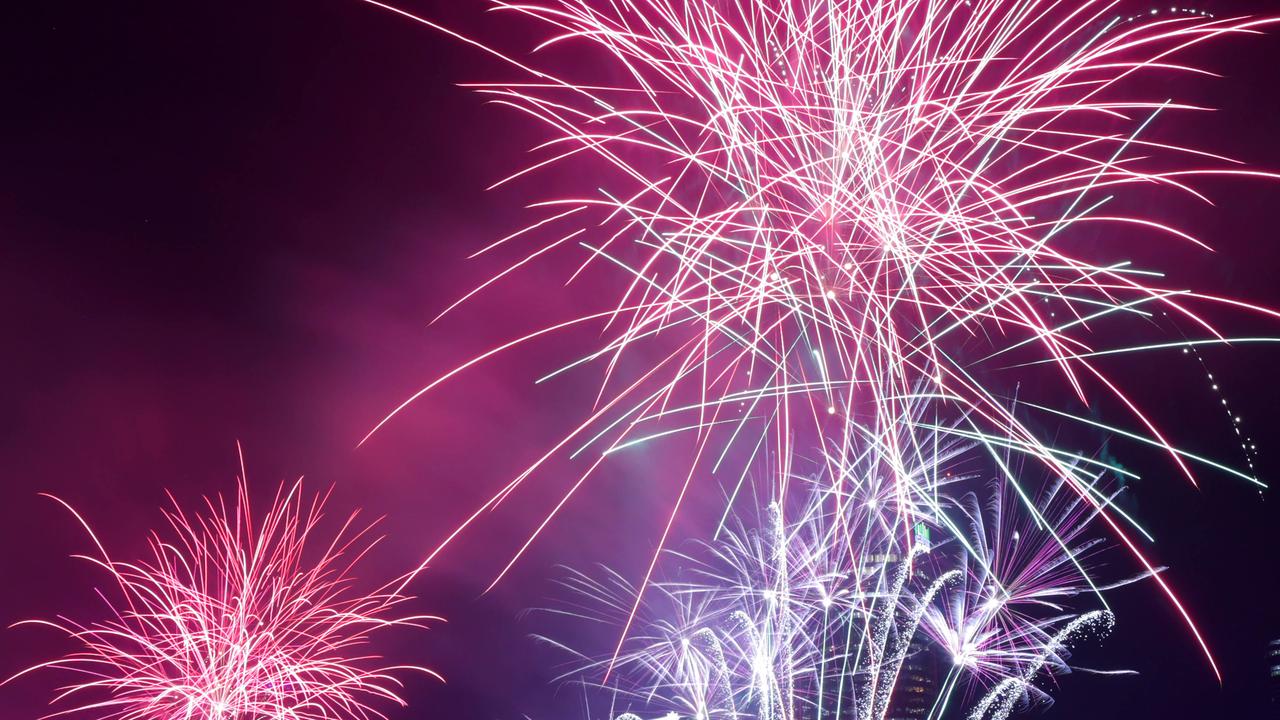Indigenous leaders and elders of the Wide Bay Burnett 2023
From emerging elders to established leaders and professionals working within their communities, these inspiring men and women care, advocate for and lift their communities.
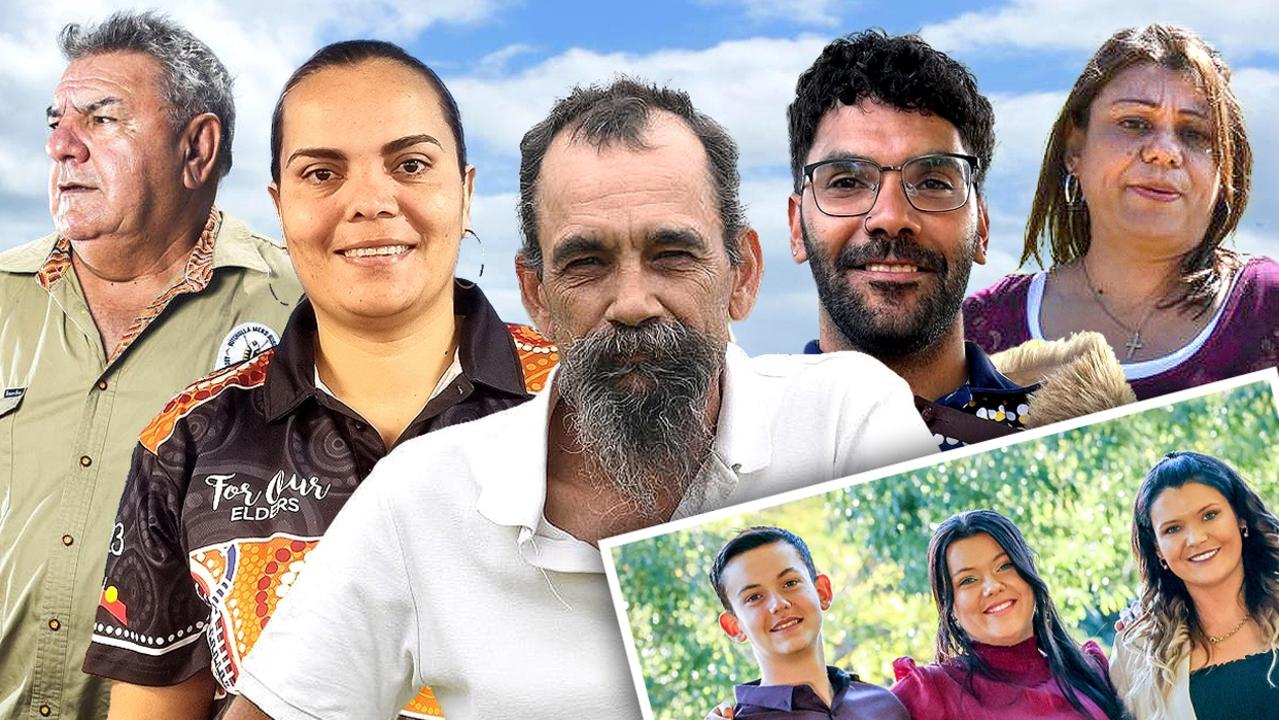
Community News
Don't miss out on the headlines from Community News. Followed categories will be added to My News.
The responsibilities and essential work of our indigenous elders and leaders often goes unrecognised, but it is high time to thank those outstanding men and women who are helping shape and lift communities across the Wide Bay and Burnett.
These leaders can trace their heritage back generations, and use entrenched connections with country to promote environmental, local and community concerns.
From protecting native land to advocating for constitutional recognition and promoting the health and security of local mobs, they are ensuring the past and the future of the country and its First Nations people are protected.
This makes it more important than ever to know who exactly the indigenous leaders of Wide Bay Burnett are and to give them the respect they deserve.
Selina Hill – Wakka Wakka
A proud Wakka Wakka woman, Selina Hill has used her generational connection to the Burnett to keep vital native land and the memories it holds alive.
Originally a Gayndah local, Mrs Hill is the Bundaberg Regional Council’s cultural development officer, and through her work she identifies the best ways to continue First Nations’ interests and culture.
An advocate since her youth, Mrs Hill was chosen as a spokesman for her family within her tribe as a teen, and since then has worked with her family’s elders to conserve native title.
Her resume is an impressive one: a founding member of several local, state and national indigenous groups, a member of the Gorang Land Council and the Aboriginal and Torres Strait Islander Advisory Council.
She helped guide the conversation which led to the National Apology to the stolen generations, and worked on Native Title rights and designations.
Much of her recent work has centred on the Bunya Mountains, a traditional meeting point of times gone by.
Mrs Hill described the site as a “Parliament House” for local mobs where disputes were settled, trade was undertaken and marriages solidified.
When summarising Mrs Hill and the extensive, caring work she has done for the indigenous cause, it is best to use her own words.
“As Aboriginal people, we are humble people,” she said.
“I will always continue to advocate for my people until the day I die.”
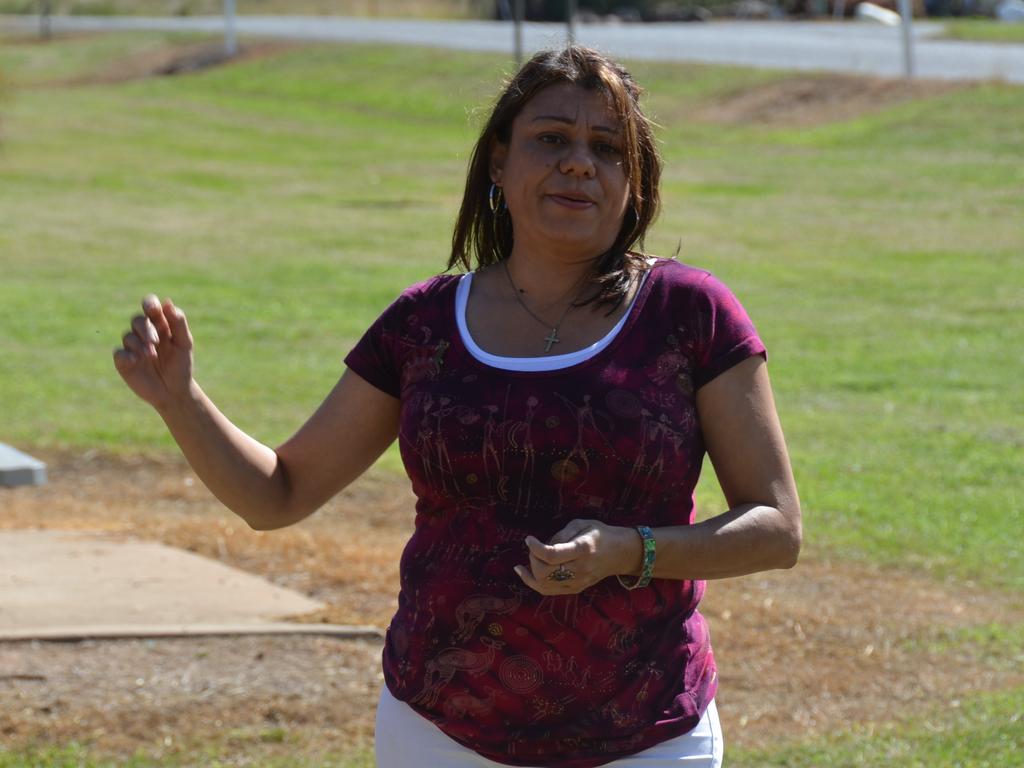
Glen Miller – Butchulla
Butchulla man and Maryborough local Glen Miller has a storied history promoting and preserving Aboriginal culture, heritage and history across Queensland.
He began work on cultural preservation after becoming an Aboriginal Relics Ranger in 1978, and spent three years traversing the state, ensuring the future of important archaeological sites.
Following this he was appointed the Queensland state manager of the Aboriginal Development Commission and after moving to Cairns, spent years working with the Cairns Aboriginal Co-ordinating Council.
A career change brought him closer to home, and he became a tourism co-ordinator for what would eventually become Tourism Queensland.
He managed special interest tours and promoted indigenous heritage locations, host farms, Airbnbs among a number of growing tourism trends such as sport fishing.
During his time with Tourism Queensland, Mr Miller became a vocal member behind native Butchulla title claims, and land and sea claims, which resulted in consent determination for vital Butchulla lands, including K’gari.
He was also the driving force behind the erection of a poignant sculpture dedicated to the men who died fighting to defend Aboriginal land during colonisation, the first of its kind in Australia.
The focus of Mr Miller’s most recent community work is the Butchulla Mens Business Aboriginal Association Incorporated, which operates out of Raven’s Hill.
Here, he works with other elders to promote historical connections to country through male spirit figures, heroes and leaders.
The association was founded in 2014, and since then Mr Miller has hosted dozens of events that work to bring back Rites of Passage and initiation ceremonies for Butchulla men.
He said providing positive male role models was vital to ensuring the continued future of Butchulla men’s business and the values that come with it.
“Knowing how our old people lived and how they used the environment is the foundation of our culture, our life,” he said.
“How can you know who you are if you don’t know where you come from?”
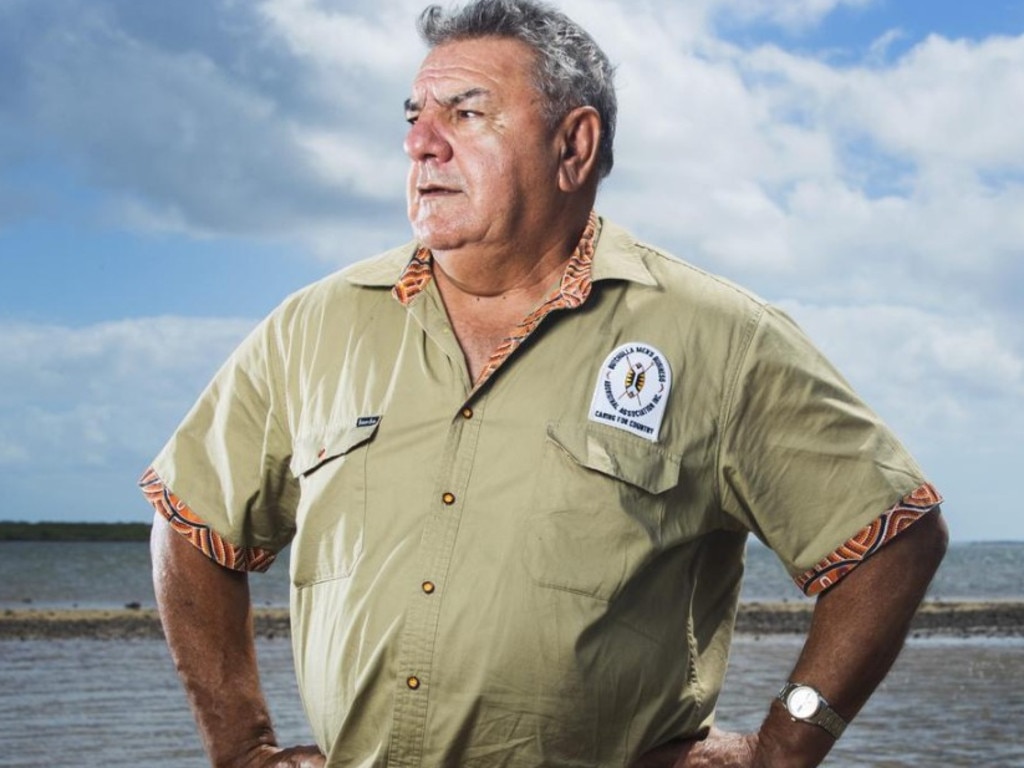
Kerry Blackman – Gurang and Goreng Goreng
Dr Kerry Blackman has been fighting for the rights of indigenous people in Wide Bay for decades.
Dr Blackman was a Commissioner for ATSIC, one of the first bodies established to advise the federal government on Aboriginal issues, from 1991 to 1993.
He was appointed a member of the Council of Aboriginal Reconciliation from 1997 to 2000.
Established in 1991, the CAR was the first body to oversee a formal reconciliation process between Aboriginal and non-Aboriginal Australians.
Since 2001, Dr Blackman has been the managing director of the Gidarjil Development Corporation, a leading organisation driving economic opportunities and skills for indigenous people and helping to preserve and strengthen traditional knowledge in the Bundaberg and Gladstone regions.
In its most recent initiative, the Gidarjil Development Corporation partnered with Eco Cottages to produce prefabricated homes, as a solution for the affordable housing shortage and to upskilling indigenous and non-Indigenous tradespeople for the housing industry.
Dr Blackman has been active in the public debate around the indigenous Voice to parliament.
His commitment to being a leading voice in addressing indigenous disadvantage began with his grandmother and mother, who were heavily involved in furthering the cause of the Gurang and Goreng Goreng people.
“My grandmother basically taught us to stand up against what’s wrong and stand up for what’s right,” Dr Blackman said.
While he was the second youngest in his family, his leadership qualities shone through at an early age.
“It’s not about how old you are; leaders are born, and made by life’s experiences too,” he said.
Throughout his career, Dr Blackman has striven to hold true to his own principles in standing up for the less fortunate in the indigenous community.
“My main calling has been as a justice leader in the nation,” he said.
“I voted alone many times at the top level in the positions I held on based on my ethics and self-principles.
“I‘m not governed by popularity, I’ve always believed in doing what’s right.
“I stand up for the have-nots, as a justice leader for the oppressed or the downtrodden and less fortunate – that’s absolutely my main calling.”

Russell Bennet – Gubbi Gubbi, Wakka Wakka
As an emerging elder for the Gympie indigenous community, Russell Bennet has been hard at work preserving the region’s unique environment.
A born and bred Gympie man, Mr Bennet has a strong connection to country, and on behalf of his elder Aunty Olive Bennet, works with organisations to teach and preserve.
Through his role as a cultural support worker with Anglicare, Mr Bennet guides, educates and trains other indigenous and non-Indigenous youth in vital elements of cultural heritage, from bush medicine to ceremonial events.
Under his guidance, dozens of young people across the Gympie region have gone onto traineeships and employment backed by an historical knowledge of country.
He is also a board member for Gympie Landcare and the Macadamia Conservation Trust, and facilitates and oversees the Walk with Wild Macadamia Program.
“I want to leave something for future generations to see,” Mr Bennet said when asked why it was so important to preserve the area’s native landscape.
“It’s so important we keep this area for the next generation, and their grandkids and their grandkids after that.”

Corey Appo – Wakka Wakka
As language and culture teacher at Eidsvold State School, Corey Appo is working hard to revive the Wakka Wakka language for generations to come.
He has spent the past five years working alongside the school and its community to build a curriculum and teach the local language to students, staff and visitors.
Mr Appo recently became the first indigenous language teacher in Queensland to receive the official Permission to Teach recognition.
Initially, Mr Appo was encouraged by community elders to connect with the school, and before long he was working with a language advisory team, linguists, archivists and the state library to revive his language.
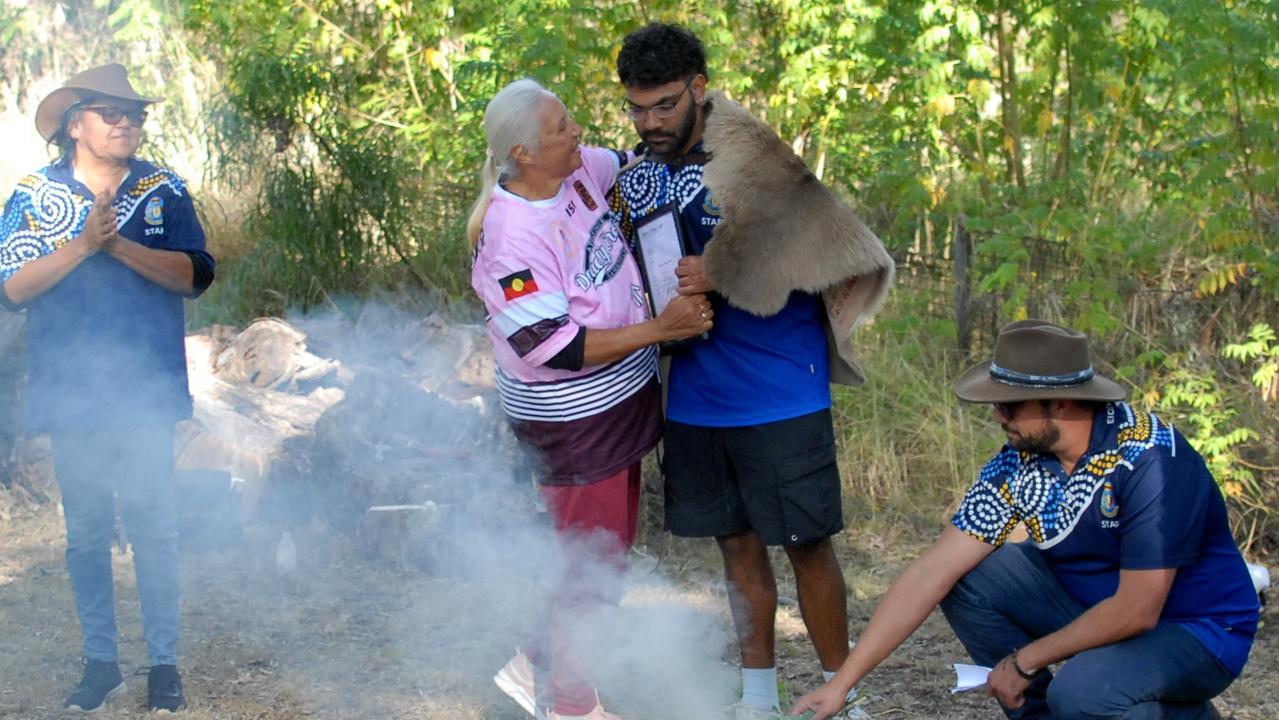
Chern’ee Sutton – Kalkadoon
As a proud Kalkadoon woman, Chern’ee Sutton has been a leader in the indigenous art space for more than a decade, an impressive feat for someone not yet 30.
After picking up art as a hobby, and a means to express herself and her culture, demand for her work grew quickly after she won her first art competition.
As her work and her presence grew over the years, she never forgot her connection to country and takes advantage of every opportunity to give back.
“Giving back to community is a big part of our culture and something that I’m passionate about, so whether it was through donating a painting or working with youth, creating opportunities, collaborating on projects or sharing our stories through my art, its something I’m very proud to be able to do,” she said.
“We as a nation need to work towards healing Australia’s wrongs of the past, through education and opportunities so that Australia can have a stronger and brighter future.”
Her work has taken her across the globe, and she continues to promote indigenous culture, history and values through her art which has been featured in Parliament House, Buckingham Palace and some galleries in London, Tokyo and Singapore.
Brooke Sutton – Kalkadoon
The younger sister to Chern’ee, Kalkadoon woman Brooke Sutton has been following in her sister’s footsteps, creating her own unique Aboriginal artwork sharing her own personal connection to country.
“I’ve always loved art ever since I was little and I’m very lucky that I had my sister Chern’ee as my role model,” she said.
“She was such an amazing advocate for our people and was achieving amazing things all around Australia and the world that I decided I wanted to make a difference too.”
Inspired by her sister and her culture, Brooke has gone on to promote indigenous culture with her own art and said she thrives on having the chance to be a role model.
“Our people need a voice and role models to make a difference in peoples lives, I hope that I can be a role model to young emerging artists, just like Chern’ee was a role model,” she said.
“We have so many obstacles standing in our way and I want to be able to help create change for future generations.”
Jesse Sutton – Kalkadoon
Raised under not one, but two inspiring Aboriginal artists, it’s no wonder Jesse Sutton has gone on to share his own love of indigenous culture through art.
The youngest of the siblings, Jesse is making his own way as a Kalkadoon man working to represent his people and his personal reconciliation goals.
“I am so proud to be able to represent my people and to work towards reconciliation, bringing awareness to issues affecting our people and working with corporations and individuals to bring diversity and culture into their lives every day to make a meaningful difference,” he said.
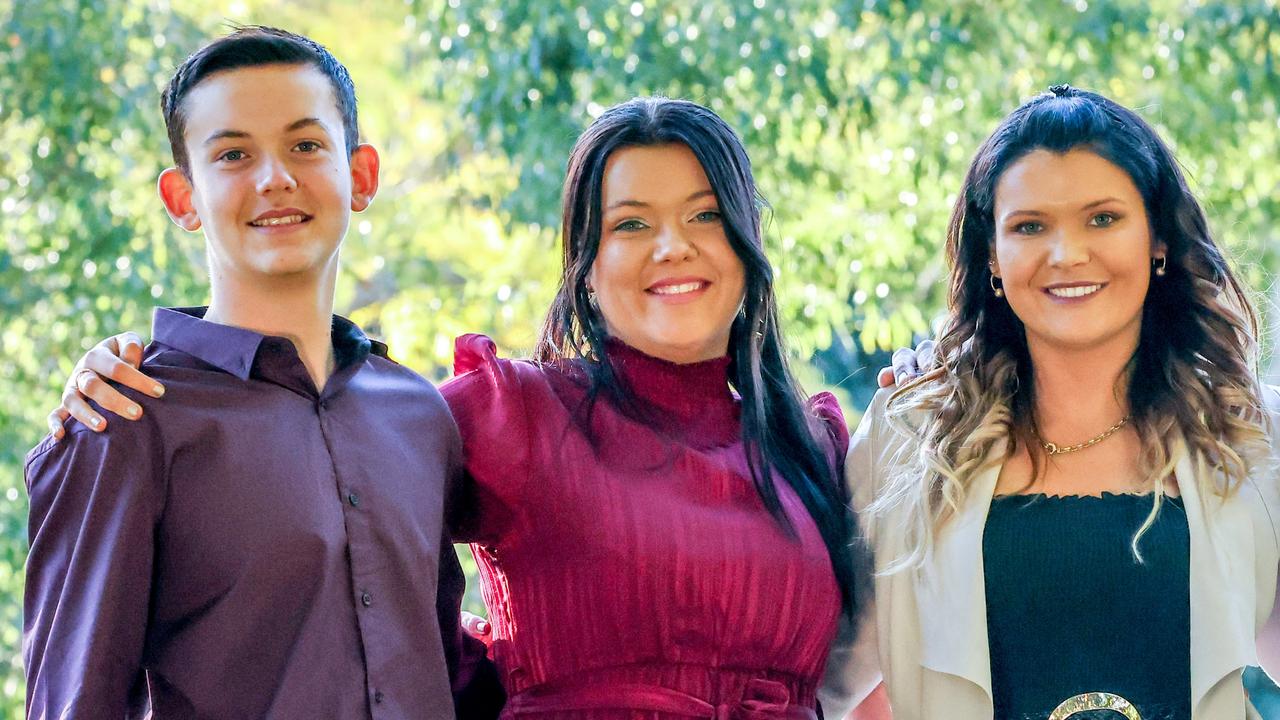
Stevan Ober – Cobble Cobble
As the CEO of Galangoor Duwalami Primary Health Care Service in the Fraser Coast, Stevan Ober has become a key leader in Aboriginal and Torres Strait health care.
He grew up inspired by his late mother Coralie Ober, who as a member of the World Health Organisation and exposed young Mr Ober to the realities of third world health care.
This was the driving force behind Mr Ober’s own career in health care and he began as a nurse at a Brisbane nursing home before transitioning into a role at the Wide Bay Hospital and Health Service.
Mr Ober began with the service as an Aboriginal Health Worker, and through the support of management climbed the ladder to become the indigenous Health Manager for the WBHSS in 2006.
In 2015, he left the government service to take on a role as CEO of the Aboriginal and Torres Strait Medical Service on the Fraser Coast.
He said much of his health care journey was shaped by the heartbreak of watching elders and loved ones die at a much earlier age than had become the norm in modern health care.
Now, he is able to make quick and real change and provide his community with the freedom of health care choice.
“I’ve got a more hands-on approach now, I can physically see if a make a decision on something the outcome within a week … instead of 12-18 months,” he said.
Through his service, Mr Ober offers health care from “conception to death” and has grown the service from less than a dozen staff to more than 50.
“If our community can get what they need to live healthier, than that’s good for them,” he said.
“I will worry about the paperwork and the dollars later.”

Margaret Blackman – Yidinji, Meerooni, Mer and Mabuaig
Through her role at the Burnett Mary Regional Group, Margaret Blackman is using traditional knowledge and cultural practices to care for country.
She works with traditional owners of the Burnett and Mary Valley regions to facilitate cool burns following the devastating Black Summer fires.
“I am thankful to our CEO Aunty Shelia Charlesworth for giving me this opportunity to work back on Country and with Neighbouring mobs,” she said.
Ms Blackman said advocating for her mobs and her country was of keen importance to her, and she took every opportunity to pass on cultural knowledge to her people and non-indigenous communities.
“Indigenous people know the importance of land and the use of cultural practices to keep country healthy,” she said.
“This was always and always will be Aboriginal land.”
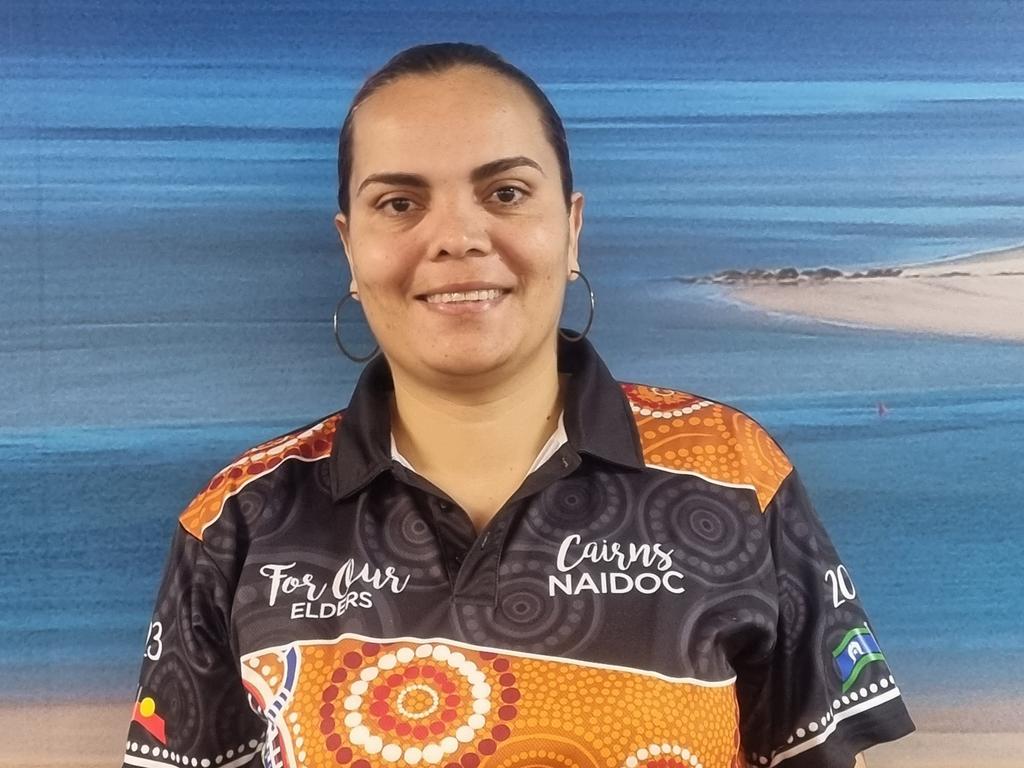
Dr Brad ‘Rock Doc’ Murphy – Kamilaroi
Fondly known as the ‘Rock Doc’ doctor, Brad Murphy has become synonymous with healthcare in the Bundaberg region.
After mature entry into James Cook University in 2000, Dr Murphy found his love for medicine and through his private practice focuses on indigenous and Veteran Healthcare.
His work goes beyond the clinic however, as a local, state, national and international board member, and a founding director of the Jimmy Little Foundation and the Uncle Jimmy Thumbs Up program.
Dr Murphy also offered a guiding hand to those looking to follow in his inspiring footsteps through the CQU/UQ Regional Medical Pathway, an initiative which supports young school leaders to focus on regional, rural and remote medicine.
“(It’s) a great honour to provide a pathway for our next general of First Nations students into medicine while supporting and mentoring them in this journey while also growing a cultural investment into the health workforce for our local community into the future,” he said.
He said while he is honoured and privileged to offer this support, and has seen a marked growth in indigenous involvement in healthcare “(our) continued focus remains crucial.”
As a descendant of those impacted by the Stolen Generation, Dr Murphy knows deeply how important it is to move forward as a country.
“It often brings me into conflict with the views of others but is a great chance to discuss these and hopefully share with those the background and alternate views of why this is so important and how both individually and as a community we can make a measurable and sustainable commitment to changing the real and significant disparity in healthcare outcome for First Nations Australians,” he said.
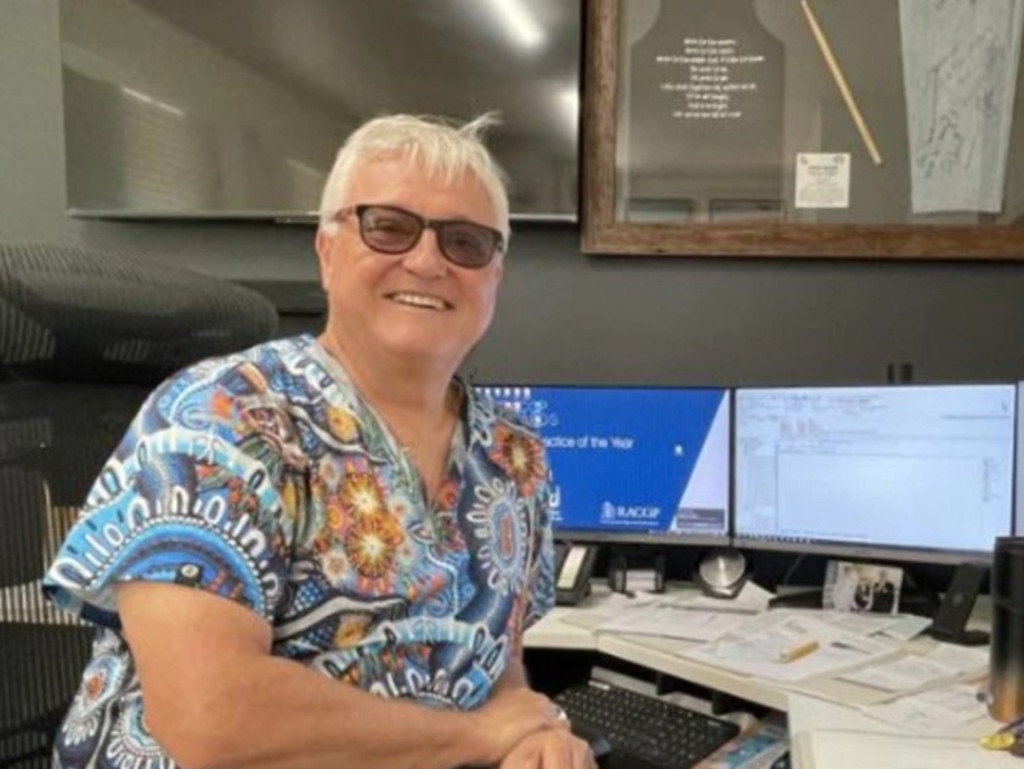
Lillian Burke – Butchulla
Despite being a respected and beloved elder in the Gympie region and the Wide Bay Burnett, Lillian Burke was disconnected from her heritage until 2004.
Born in Bundaberg and raised in Cherbourg, Auntie Burke was a victim of the stolen generation, taken from the arms of her grandmother in her youth and raised in a state-run Aboriginal settlement.
After leaving the area, Auntie Burke spent years travelling the globe before settling in Western Australia for almost two decades working in the mental health field.
However, an inner calling drew her back to her roots where she learned of the truth behind her aboriginal heritage.
Now a proud Butchulla woman Auntie Burke is the President of the Cooloola Aboriginal Services Inc..
In her role as elder, Auntie Burke shares education, cultural history, language and the realities of modern indigenous life all while advocating for a safe future for the next generations.
She oversees many community events including key NAIDOC week celebrations and other significant cultural days.
However, despite her hard work Auntie Burke insists she doesn’t do it for the accolades but for the rejuvenation of the culture which was taken from her people and many others like her.
“It’s not about me, I do it for the people,” she said.
“That is my main concern is the acknowledgment of my people.”
More Coverage

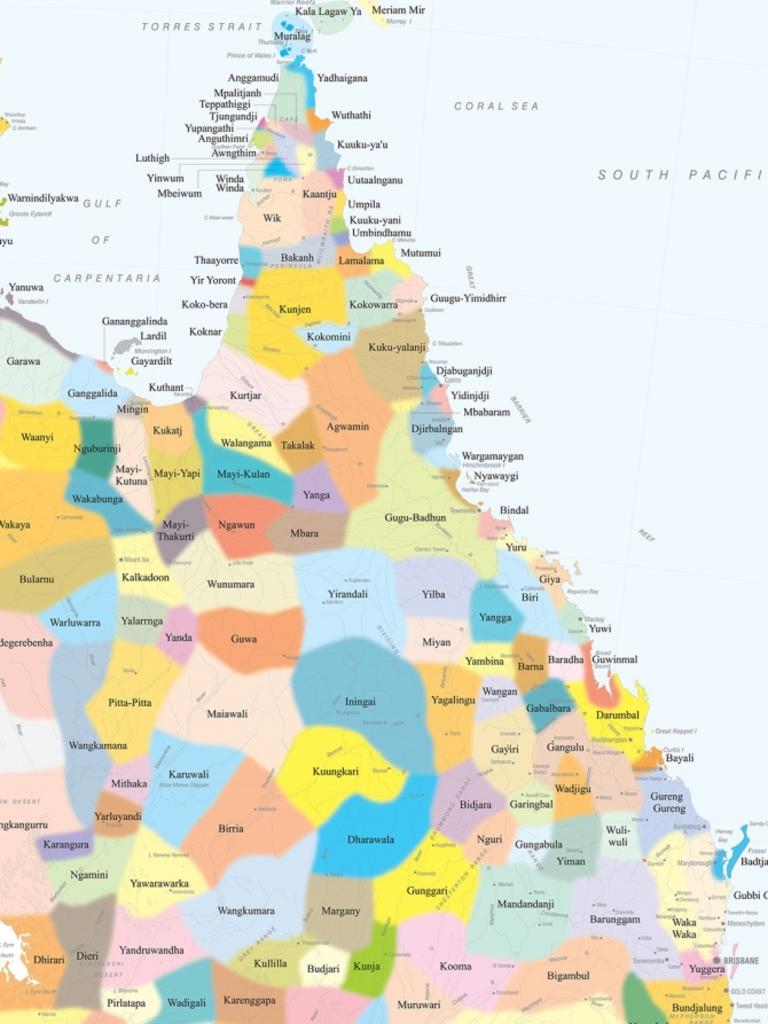
Originally published as Indigenous leaders and elders of the Wide Bay Burnett 2023



